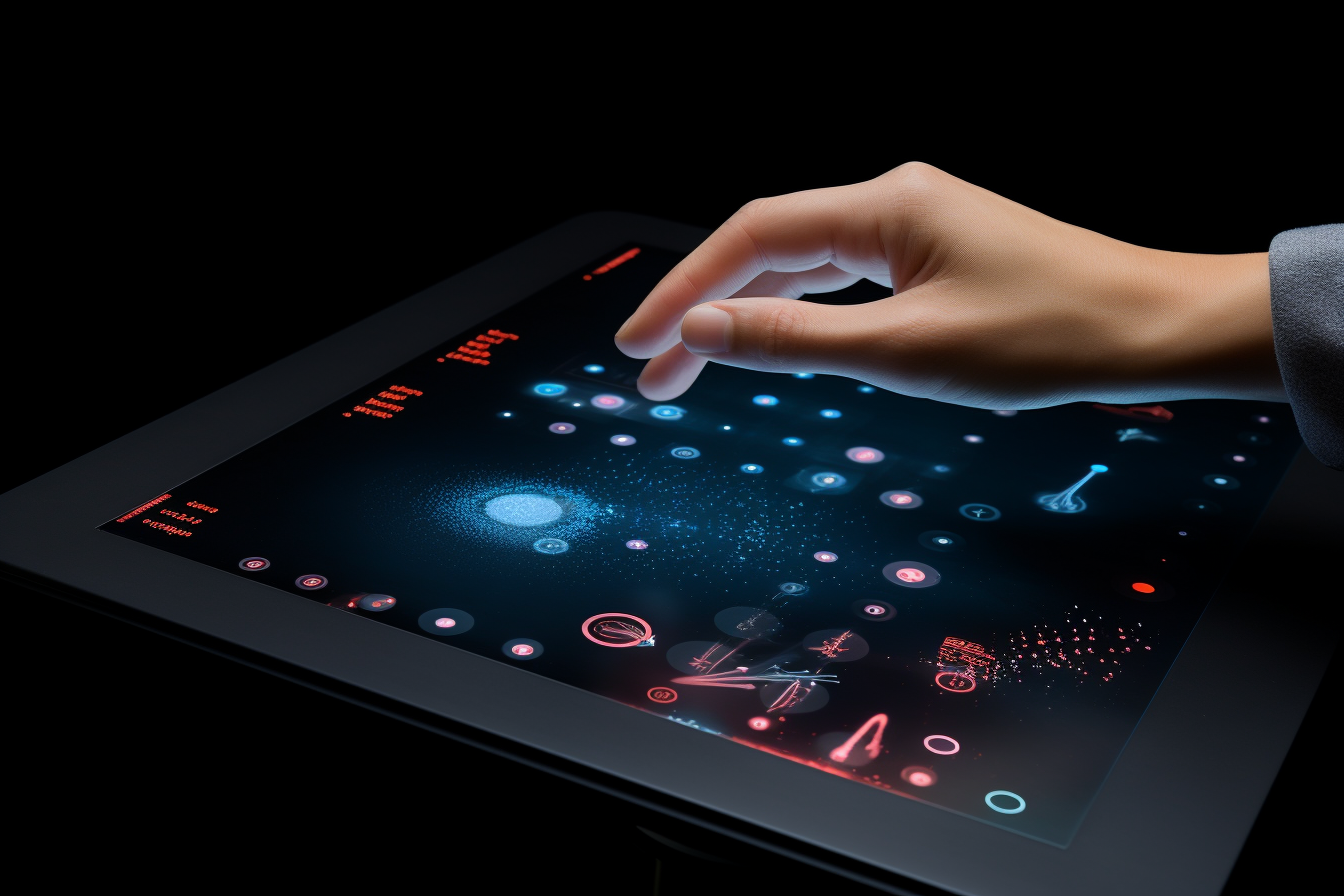Promoting Accessibility Through Haptics

As technology advances, there is an increasing demand for inclusivity and accessibility. People are eager to learn how to create devices that can break down barriers and provide equal opportunities for individuals of all physical abilities, ages, and socioeconomic backgrounds.
Haptics is one of the advancements at the forefront of this quest, allowing people to interact with and receive feedback from devices without relying on sight and sound. It gives people a new way to take in information from their surroundings and helps level the field for those with disabilities.
For example, the PlayStation 3 Game The Last of Us remake will feature haptic feedback for dialogue, making the game more accessible to blind and deaf players. (source)
Another example is a textile-based wearable created by engineers at Rice University. Consisting of a belt and textile sleeves, it uses fluidic control to help real-world navigation. This wearable textile device could incorporate other control mechanisms to help those with limited vision or hearing to navigate dynamic environments in real-time. (source)
NewHaptics, a company that spun out of the University of Michigan in 2018, created a fluid Braille touch screen with “taxels”—a portmanteau of tactile + pixels—to help blind people gain meaningful access to information in our digital world. (source)
Another instance is highlighted in the EE Times article titled “Eat, Spend, Run: Students Pave the Way for Haptics’ Next Chapter,” where students pioneer inventive applications of haptics to enhance accessibility. This includes a knob that sets pasta cook time based on tactile feedback and a vest that helps runners pace themselves when running. This serves as evidence that brilliant concepts can emerge from emerging, inventive thinkers. (source)
Haptics taps into this underutilized sensory resource—our sense of touch. By doing so, we can create a world where information is more easily accessible to everyone, regardless of their physical or cognitive abilities. It’s a testament to how, when used thoughtfully, technology can break down barriers and create a more inclusive world.
